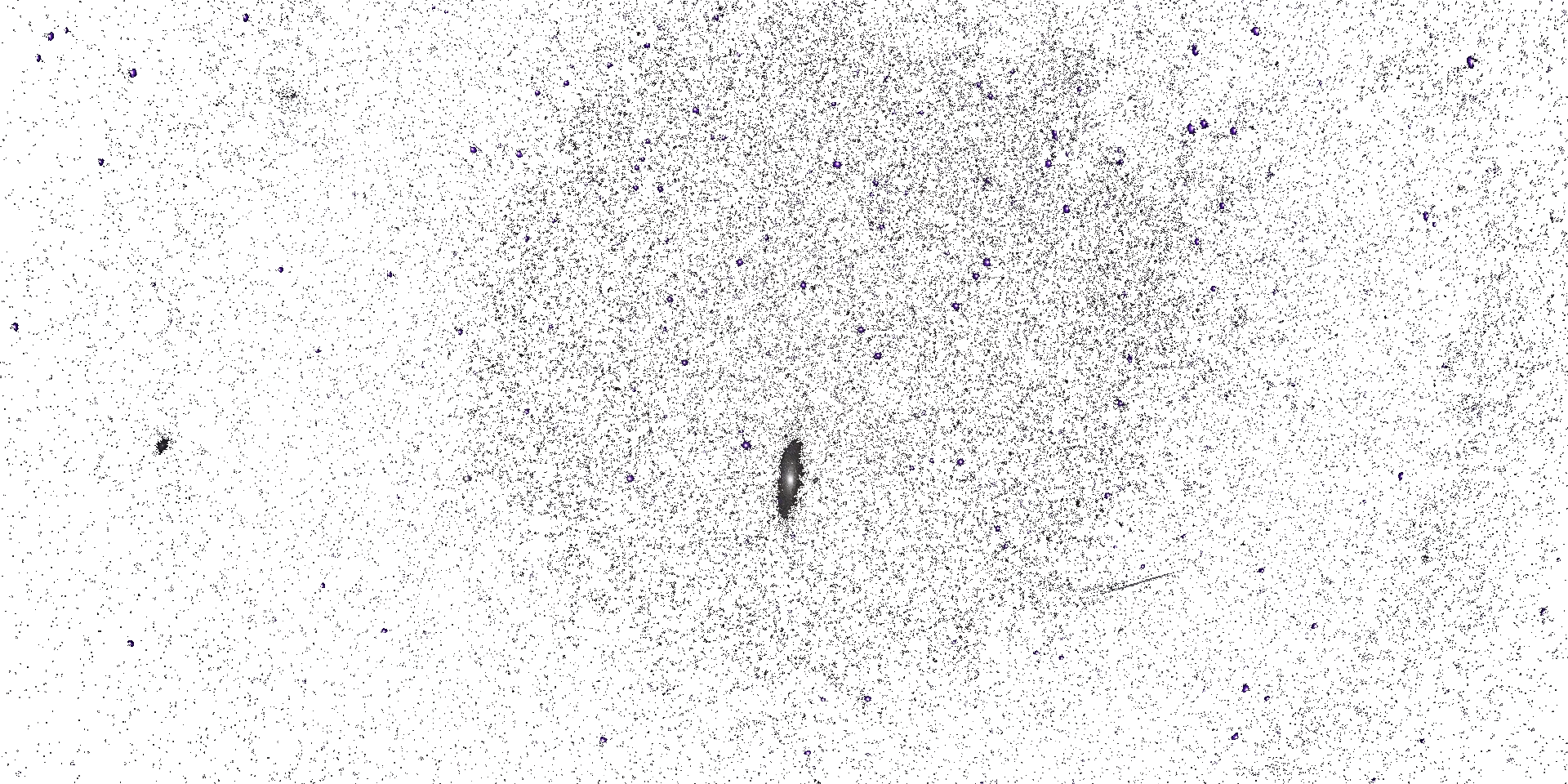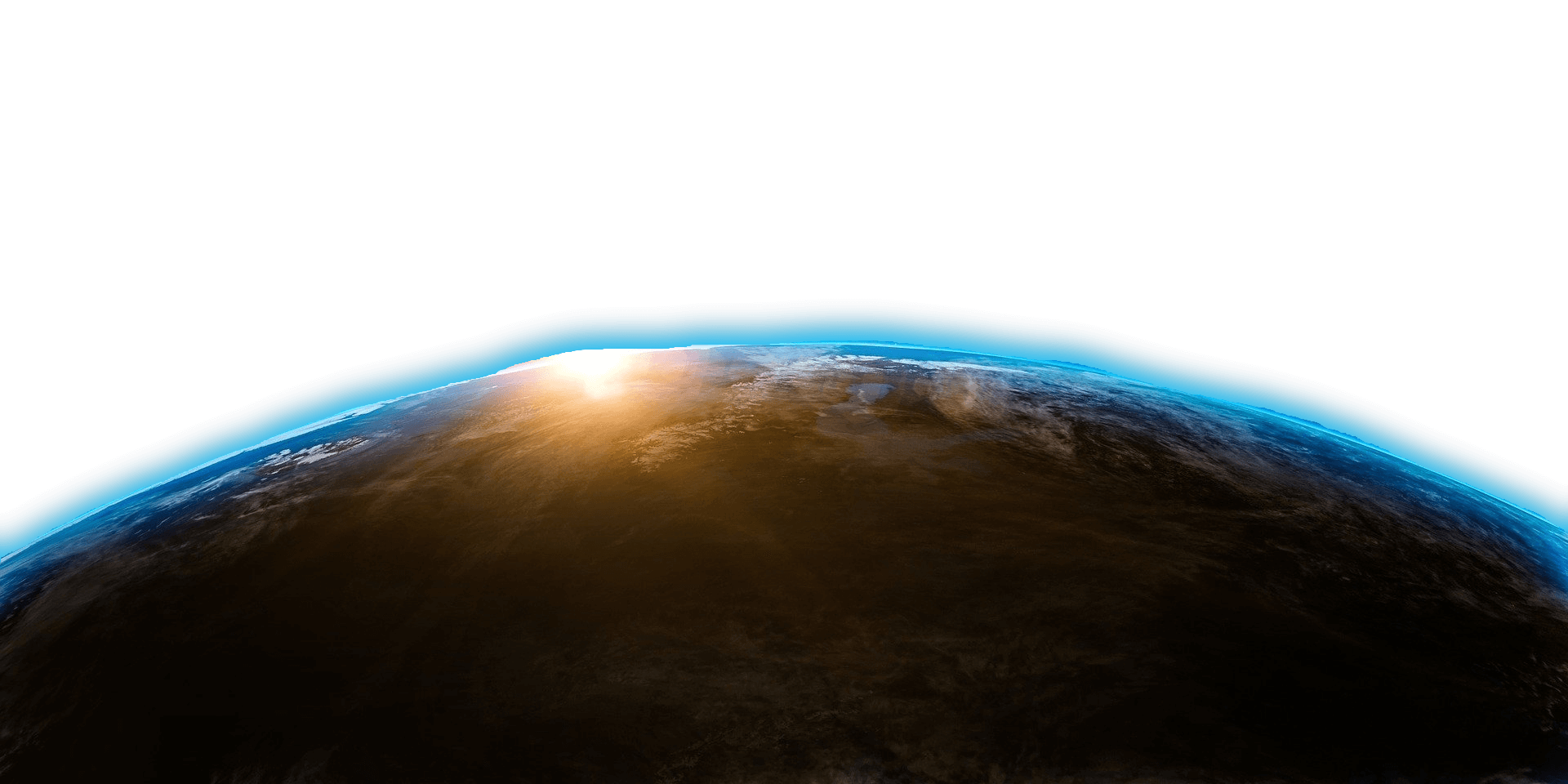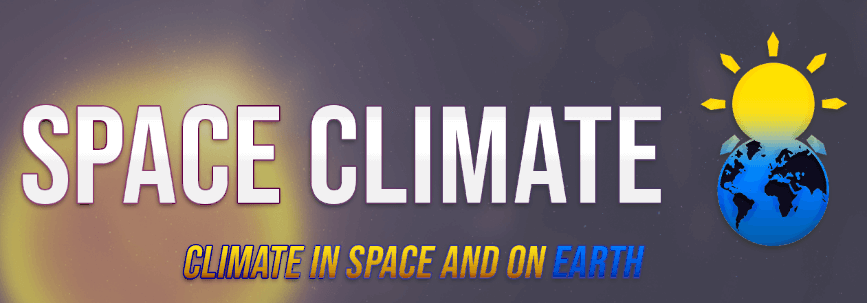




Space Climate 8 Meeting Abstract
Dependence of Intermittency of Fast and Slow Solar Wind from the Radial Distance, Heliospheric Latitude, and Solar Cycle
Anna Wawrzaszek (Space Research Centre, Polish Academy of Sciences, sanna@cbk.waw.pl)
Marius Echim
Royal Belgian Institute for Space Aeronomy, Brussels, Belgium; marius.echim@oma.be
Institute of Space Science, Măgurele, Romania
Roberto Bruno
Institute for Space Astrophysics and Planetology, Roma, Italy; roberto.bruno@inaf.it
We study the scaling properties of high-resolution Ulysses magnetic field fluctuations, measured beyond the ecliptic plane at a wide range of heliocentric distances between 1.4 and 5.4 au, at heliolatitudes from 80°S to 80°N. In order to avoid mixing of different physical conditions, we perform a systematic selection of a large number of cases of fast and slow solar wind during two solar minima (1997–1998,2007–2008) and one solar maximum (1999–2001). We determine the multifractal spectra and examine the degree of multifractality as the measure of intermittency in the MHD regime for all magnetic field components .The results show a slow decrease of intermittency with the radial distance, which is more significant for the fast than for the slow solar wind. Analysis of Alfvénic and compressive fluctuations confirms the decrease of intermittency with distance and latitude. This radial dependence of multifractality/intermittency may be explained by a slower evolution of turbulence beyond the ecliptic plane and by the reduced efficiency of intermittency drivers with the distance from the Sun. Additionally, our analysis shows that the greatest differences between magnetic field components are revealed close to the Sun, where intermittency is the strongest. Finally, the level of intermittency in the solar wind depends on solar cycle phase, reflecting the changes of the state of solar wind and suggesting that the deeper study of origin of fast and slow wind can further improve our understanding of the intermittency.
Mode of presentation: oral (Need to be confirmed by the SOC)
